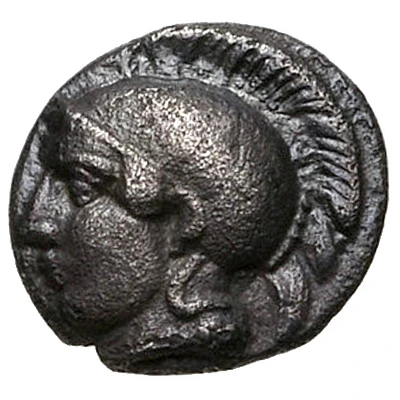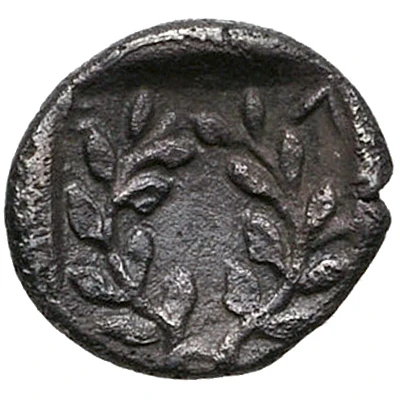


© Classical Numismatic Group, Inc.
Hemiobol 450 BC - 400 BC
| Silver | 0.38 g | 7.0 mm |
| Issuer | Elaia (Aeolis) |
|---|---|
| Type | Standard circulation coin |
| Years | 450 BC - 400 BC |
| Value | Hemiobol (1⁄12) |
| Currency | Drachm |
| Composition | Silver |
| Weight | 0.38 g |
| Diameter | 7.0 mm |
| Shape | Round (irregular) |
| Technique | Hammered |
| Demonetized | Yes |
| Updated | 2024-10-09 |
| Numista | N#143872 |
|---|---|
| Rarity index | 95% |
Reverse
Laurel wreath
Interesting fact
The Hemiobol coin was used as a form of currency in ancient Greece, specifically in the city-state of Elaia (Aeolis) during the 5th century BC. It was made of silver and weighed approximately 0.38 grams, which is relatively small compared to modern-day coins. Despite its small size, the Hemiobol held significant value in ancient Greece, with one Hemiobol being equivalent to half of a standard drachma, the main unit of currency at the time. This coin was used for everyday transactions and was also used to pay taxes and debts. Its small size and portability made it a convenient form of currency for the people of Elaia (Aeolis), and it remains an interesting piece of history for numismatists and collectors today.